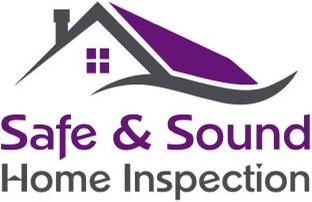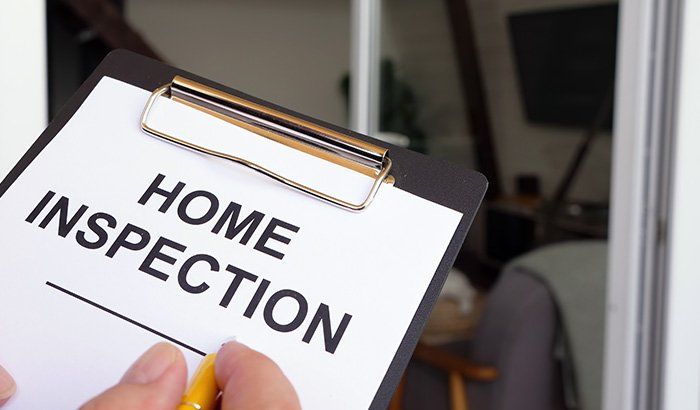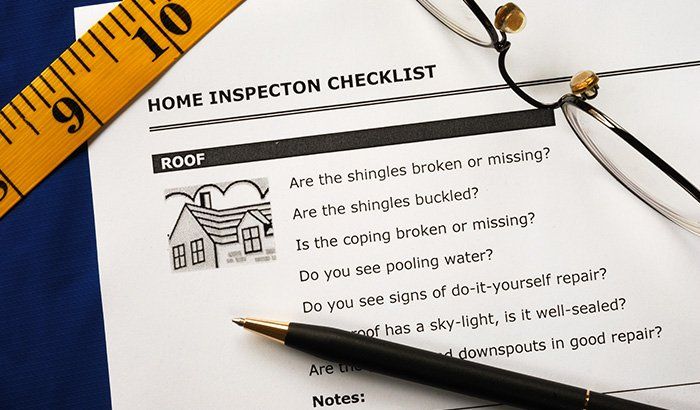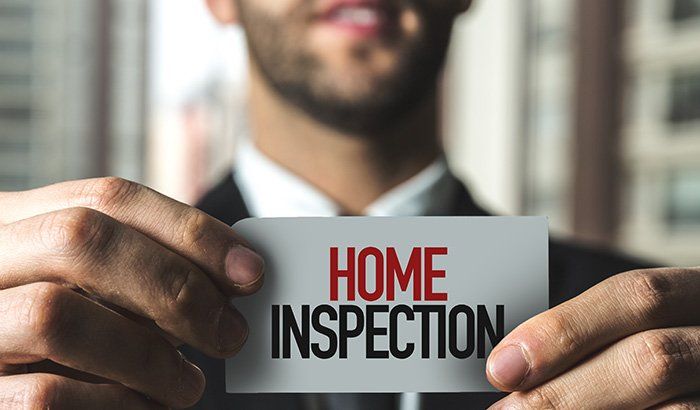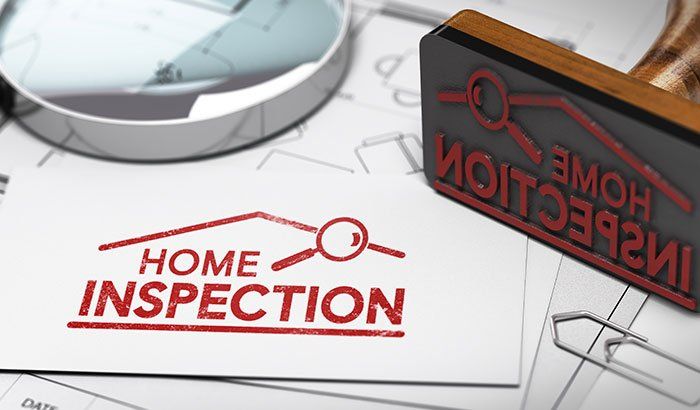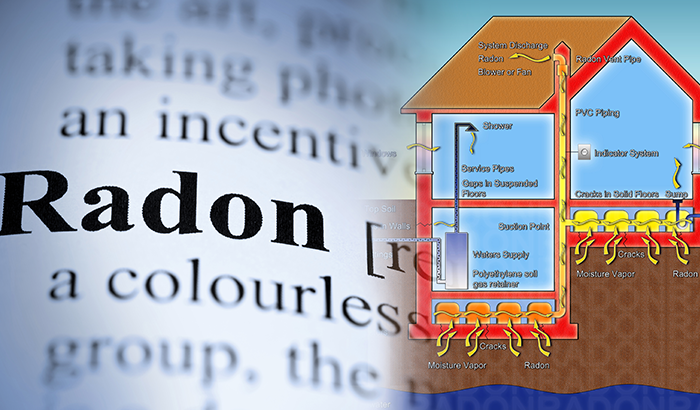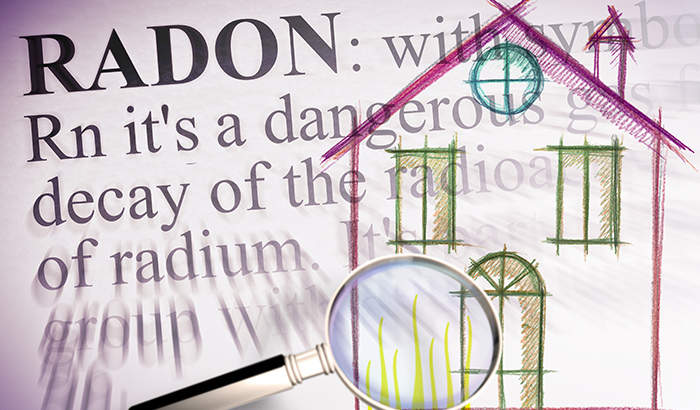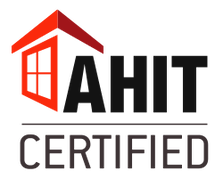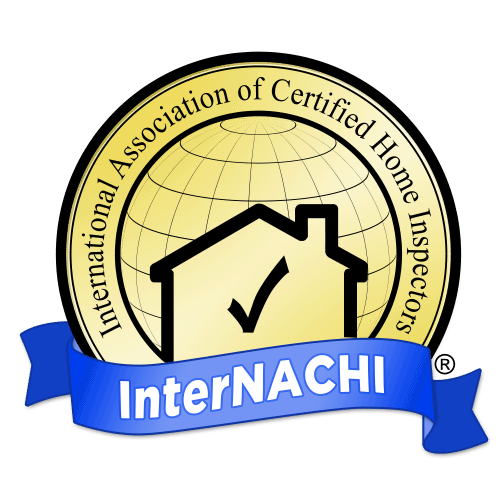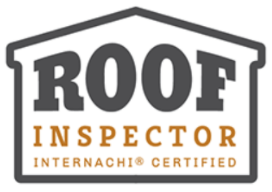Blog Layout
Radon Mitigation: What It Is and Why You Need It?
7064392620 • Feb 16, 2022
If you’ve tested your home for radon and found concerning levels, radon mitigation can reduce the amount of exposure that enters your home.
Most homeowners realize the threat of carbon monoxide poisoning, but radon exposure is a silent killer that often goes unrecognized until it’s too late. Radon mitigation can reduce your home’s levels to a safe point to keep your family safe.
Today, we’re answering all of your questions about radon mitigation so you can be prepared to safeguard your home.
The Dangers of Radon
Radon is a naturally-occurring gas found in the atmosphere in trace amounts. While outside, it disperses rapidly and isn’t generally an issue, but radon exposure poses a problem when found it comes to the inside of your home.
Radon gas is colorless, odorless, and can go undetected, causing long-term health effects, including the following:
- A nagging cough.
- Shortness of breath.
- Persistent wheezing.
- Coughing up blood.
- Chest pain.
- Losing weight without trying.
- Lung cancer.
According to the U.S. Environmental Protection Agency, radon is the leading cause of lung cancer among non-smokers and is responsible for about 21,000 lung cancer deaths every year. Fortunately, indoor radon can be controlled and managed with proven mitigation techniques.
What Is Radon Mitigation?
Radon mitigation is the process of eradicating or reducing high levels of radon gas from a building or home. The U.S. Environmental Protection Agency suggests mitigating if levels are at or above 4.0 picocuries per liter (pCi/L). There are various mitigation strategies and techniques that will either reduce radon levels or prevent the gas from entering your home in the first place. These techniques can be divided into two systems:
- Active radon mitigation
- Active radon mitigation uses a fan to suction radon gasses from under the home. These systems are highly effective and recommended for existing—not new construction—homes.
A vent pipe stretches from the soil under the lowest layer of the home to the roof to mitigate the radon. An electric vent fan system runs 24/7 to eliminate radon. - Passive radon mitigation - Passive radon mitigation is similar to active systems but lacks a fan. Instead, the natural pressure differential will create an airflow to move the radon out.
A passive system is a proactive technique that’s helpful in homes or buildings with low levels of radon. This is also the best choice for new structures that you can’t test for radon yet.
Is Radon Mitigation Worth It?
Most of us would go to great lengths to protect our families and health. An effective radon mitigation system can reduce radon levels by 99 percent. Safeguarding your home has been easier than with these affordable and accessible systems.
Types of Radon Mitigation Systems
There are several types of radon mitigation systems designed for various foundations; these include basements, slab-on-grade foundations, and crawlspaces. We can further divide systems into passive or active versions for each foundation.
In homes with a basement or a slab-on-grade foundation, you can reduce radon with one of the four following types of soil suction:
- Sub-slab suction
is the most common radon reduction method for homes with basements and slab-on-grade foundations. This type of soil suction is often the most reliable option as well. Suction pipes are inserted through an interior floor slab or outside the home into the soil underneath.
You can usually achieve this with one pipe, but you may need to install more. The radon vent fan pulls the gas from below the home and releases it into the outdoor air. - Drain-tile suction-You can add suction pipes to homes with drain tiles or perforated pipes that direct water away from the foundation. The pipes then redirect the radon gasses out of the house in addition to water.
- Sump-hole suction - Homes with basements occasionally have a sump pump installed to remove unwanted water. In this case, you can cap the sump to continue to drain the water and serve as the location for a radon suction pipe simultaneously.
- Block-wall suction - You can use block-wall suction in homes with hollow foundation walls. This system takes advantage of the walls to depressurize the walls and remove radon. This method is often used in conjunction with sub-slab suction. This is the least common technique of the four.
For homes with crawlspaces, there are two options:
- Sub-membrane depressurization - When properly installed, sub-membrane depressurization is the most effective type of radon mitigation. PVC piping is installed through the slab floor and connected to a fan in this method. This pipe and fan combination sucks the radon out and into the outdoors.
- Venting - Crawlspace ventilation helps lower indoor radon levels by reducing the home’s suction on the soil. This dilutes the radon beneath the house by opening vents or installing additional vents.
Additional Radon Mitigation Techniques
Other radiation techniques include:
- Sealing
- Sealing any cracks or other openings in the foundation can help limit the flow of radon into your home.
- Home or room pressurization
- This technique uses a fan to blow air into the basement to create pressure at the lowest levels of the house. This is a preventative measure that will help radon gasses from entering in the first place.
- Heat recovery ventilation
- A heat recovery ventilator reduces the radon levels in your home by introducing outdoor air.
- Natural ventilation - Opening windows, doors, and vents can help ventilate your home and reduce radon levels.
Be Proactive Against Radon with Safe & Sound Home Inspection
Radon mitigation is essential in keeping your family safe—schedule radon testing with Safe & Sound Home Inspection. Our professional inspectors will use high-end radon equipment to scan your home for feedback on radon levels, pressure, humidity, and temperature readings. We will promptly advise you if you need to look into radon protection.
We’re located in Sandy, Utah, and serve the surrounding areas like Murray, Draper, South Jordan, and more. Contact us today to learn more and to schedule your inspection.
VISIT US
,
This is a placeholder for the Yext Knolwedge Tags. This message will not appear on the live site, but only within the editor. The Yext Knowledge Tags are successfully installed and will be added to the website.
This is a placeholder for the Yext Knolwedge Tags. This message will not appear on the live site, but only within the editor. The Yext Knowledge Tags are successfully installed and will be added to the website.
HOURS
This is a placeholder for the Yext Knolwedge Tags. This message will not appear on the live site, but only within the editor. The Yext Knowledge Tags are successfully installed and will be added to the website.
Monday
Tuesday
Wednesday
Thursday
Friday
Saturday
Sunday
This is a placeholder for the Yext Knolwedge Tags. This message will not appear on the live site, but only within the editor. The Yext Knowledge Tags are successfully installed and will be added to the website.
HOURS
This is a placeholder for the Yext Knolwedge Tags. This message will not appear on the live site, but only within the editor. The Yext Knowledge Tags are successfully installed and will be added to the website.
CONTACT US
This is a placeholder for the Yext Knolwedge Tags. This message will not appear on the live site, but only within the editor. The Yext Knowledge Tags are successfully installed and will be added to the website.
This is a placeholder for the Yext Knolwedge Tags. This message will not appear on the live site, but only within the editor. The Yext Knowledge Tags are successfully installed and will be added to the website.
Privacy Policy
| Do Not Share My Information
| Conditions of Use
| Notice and Take Down Policy
| Website Accessibility Policy
© 2024
The content on this website is owned by us and our licensors. Do not copy any content (including images) without our consent.
